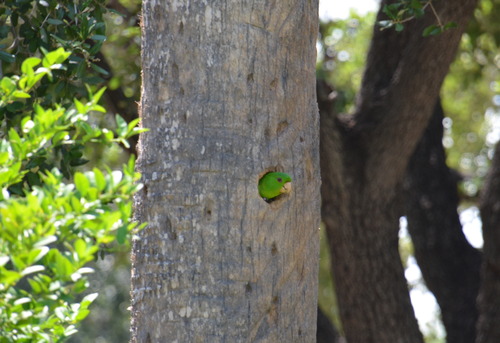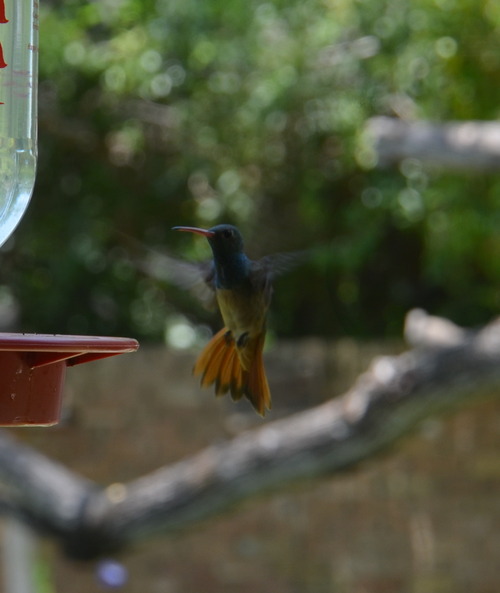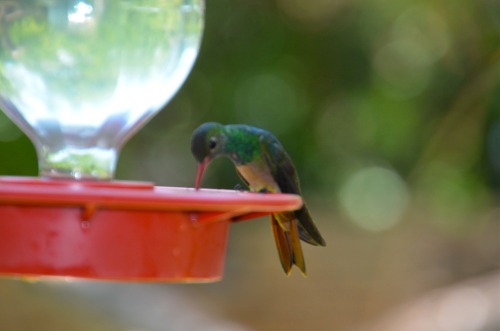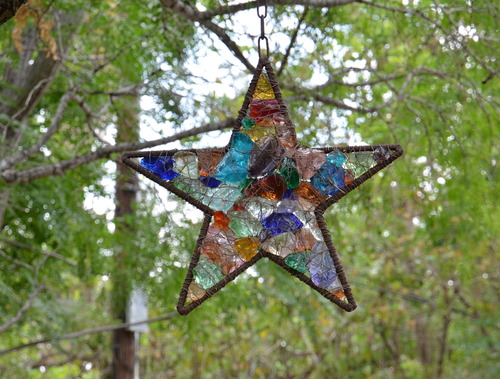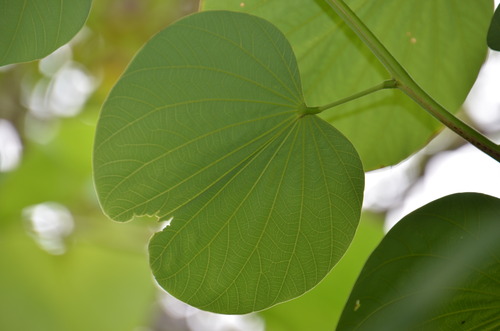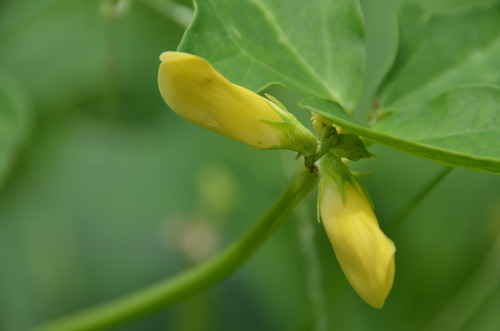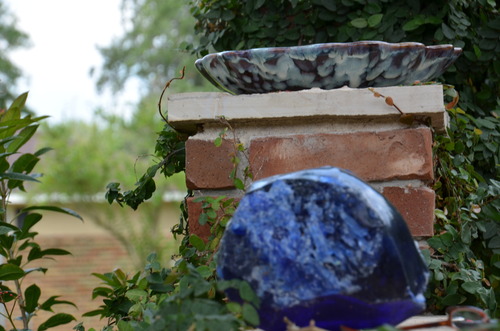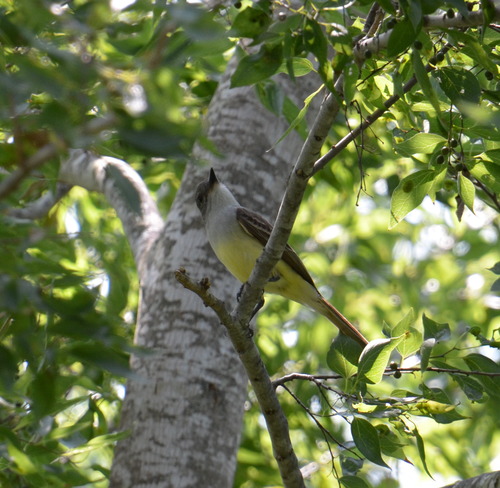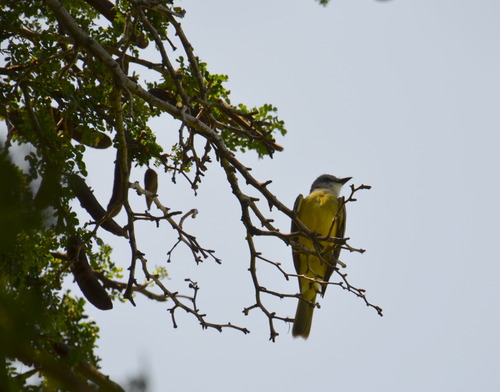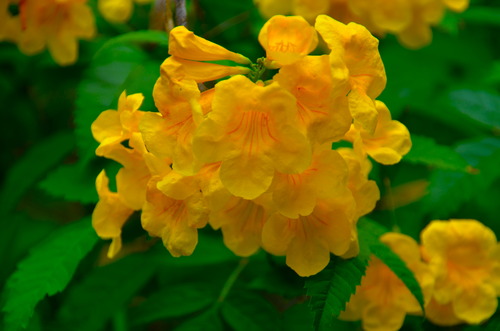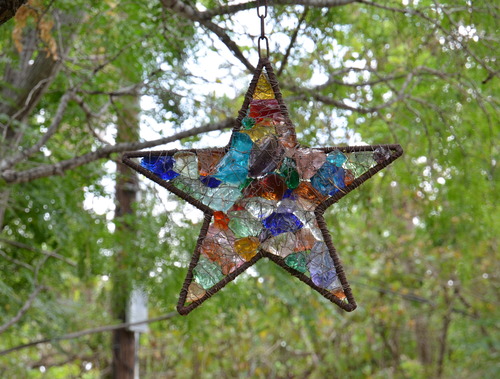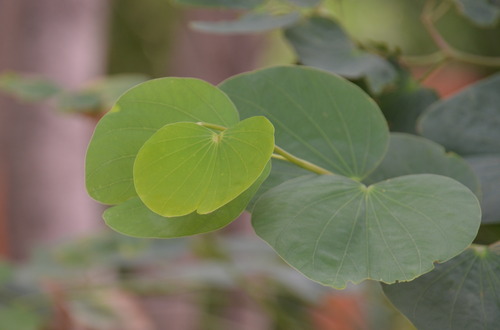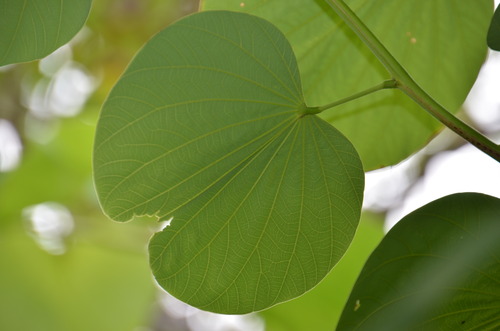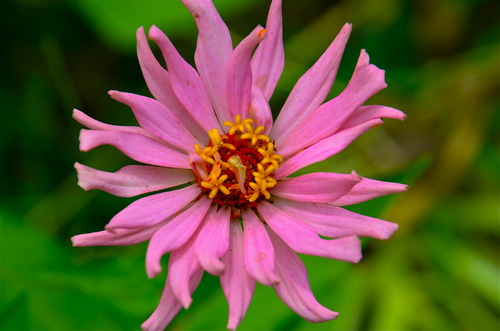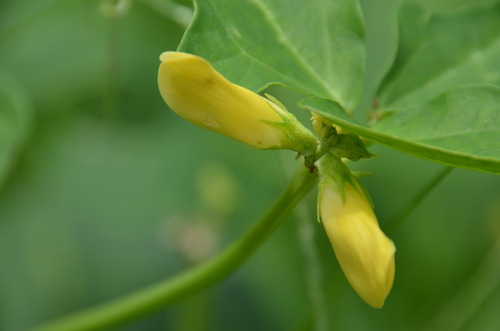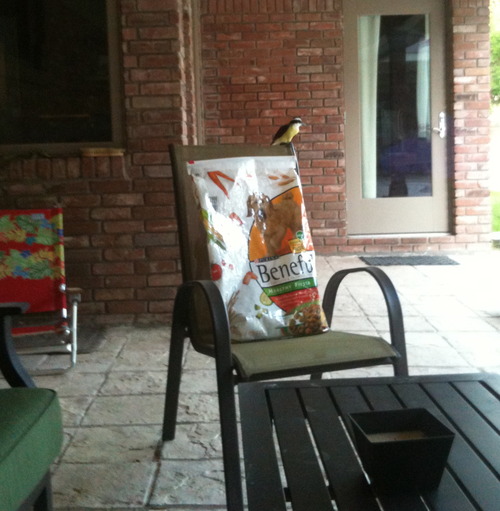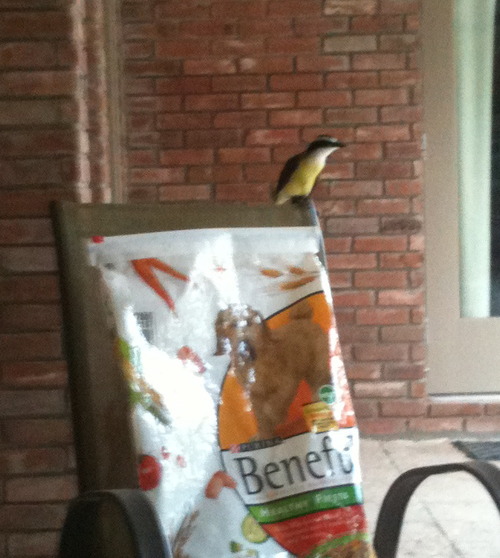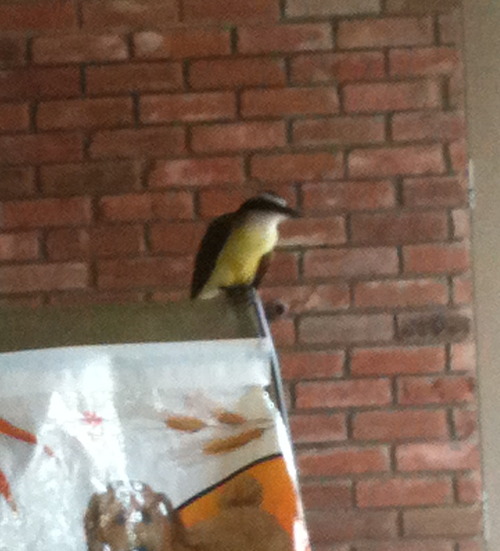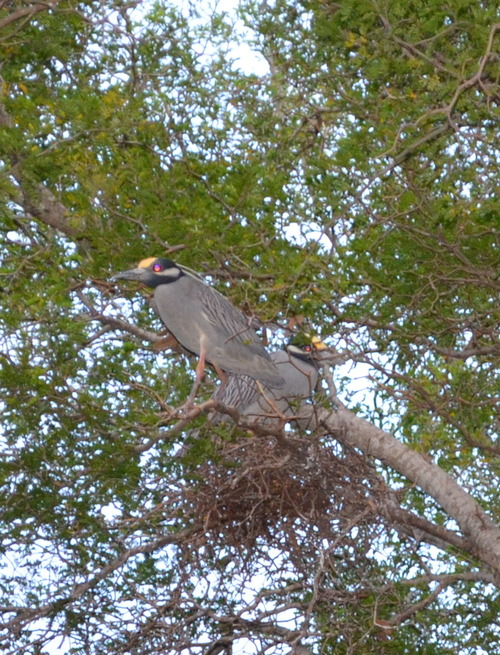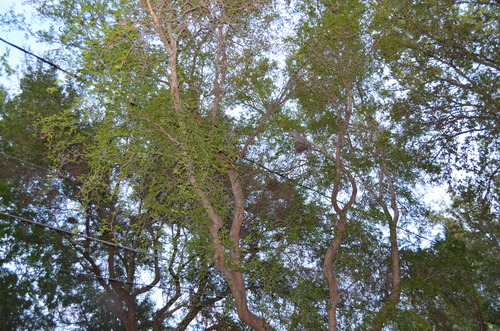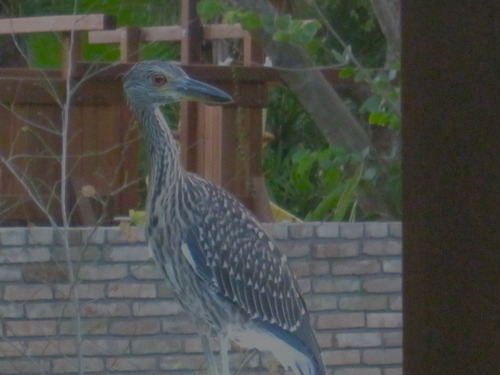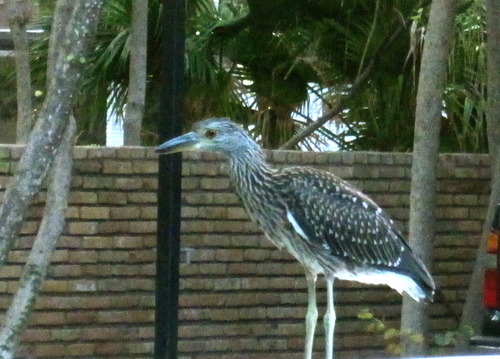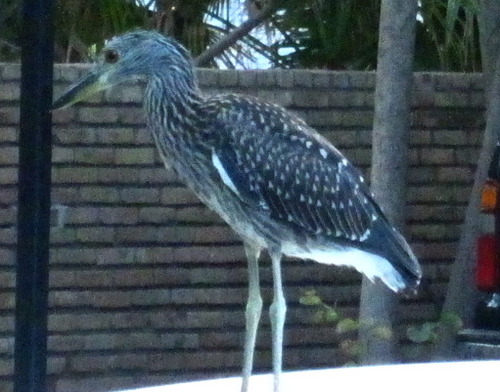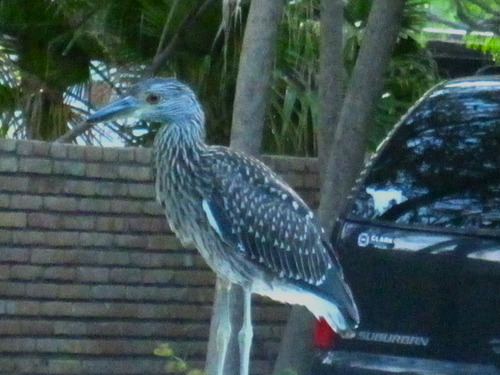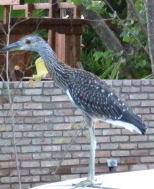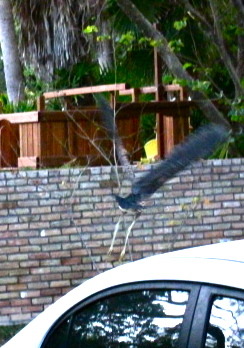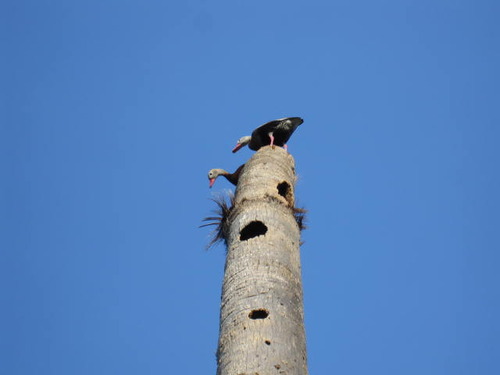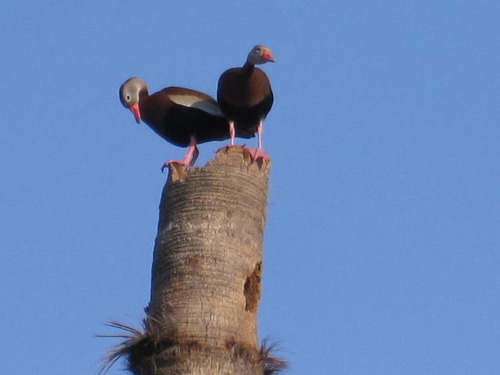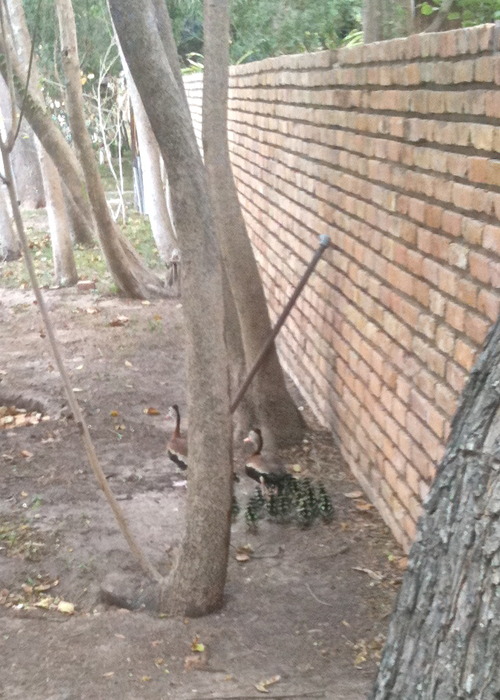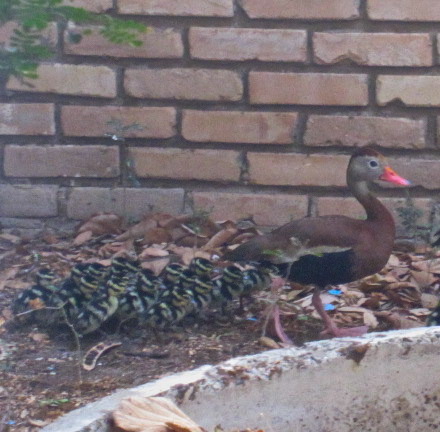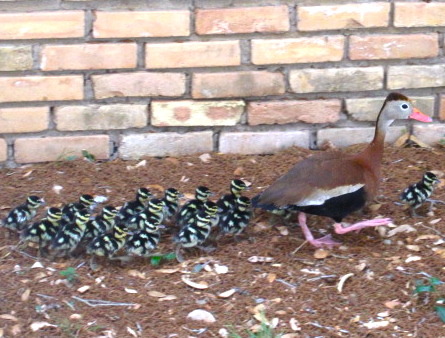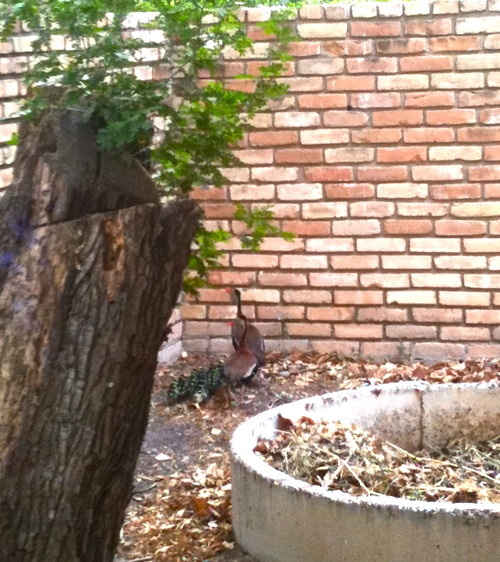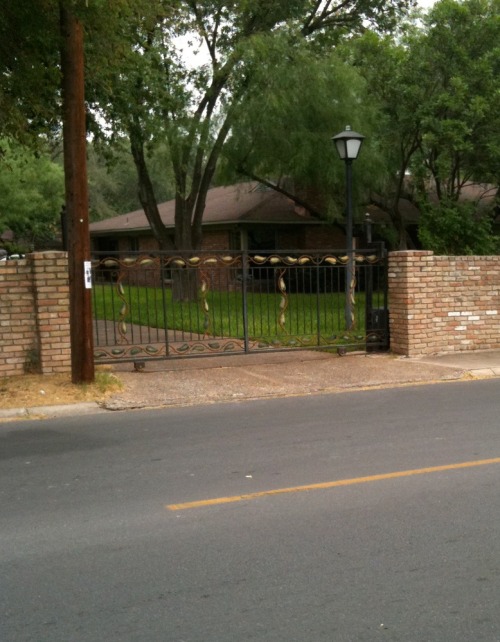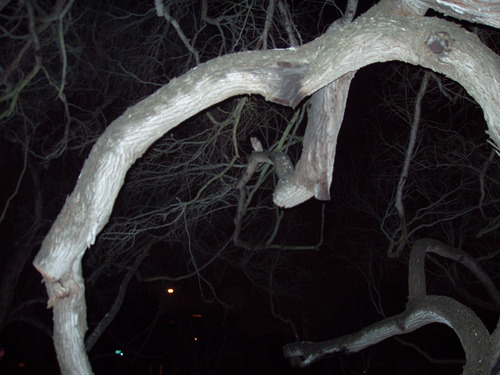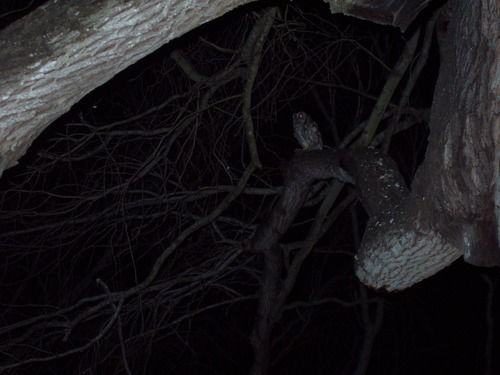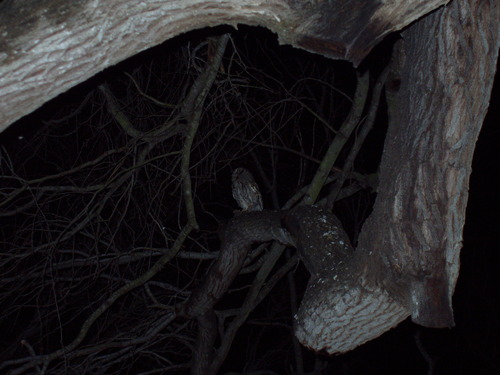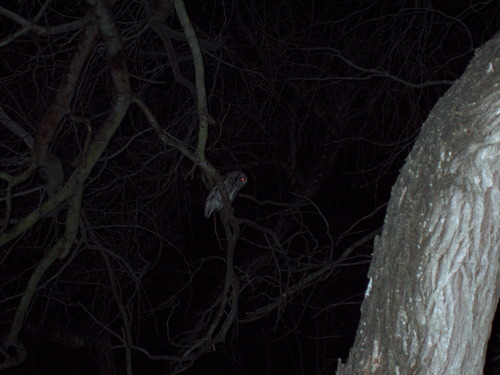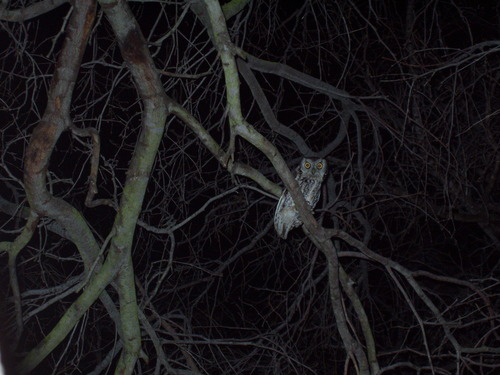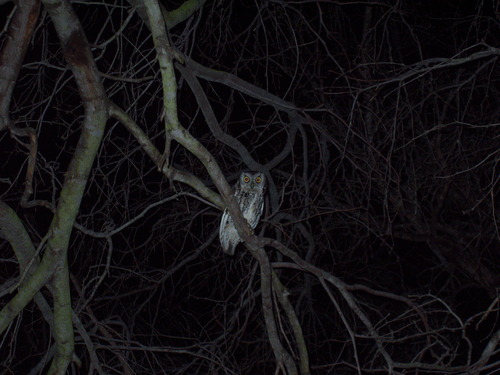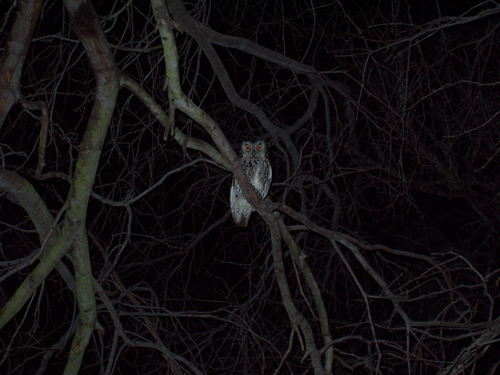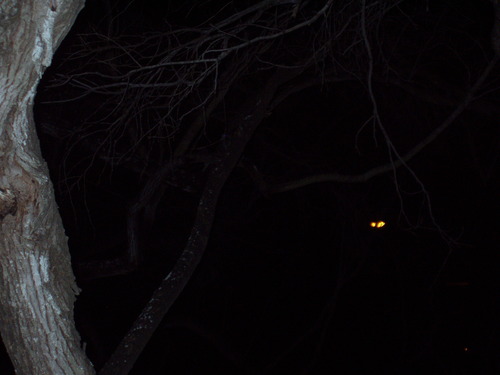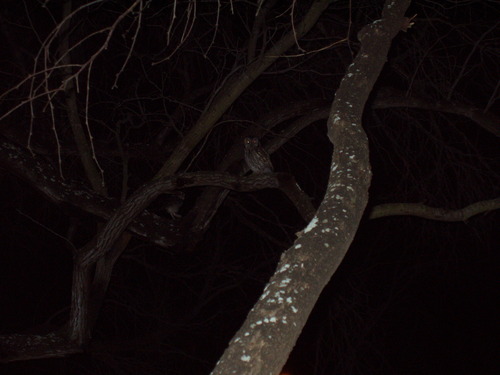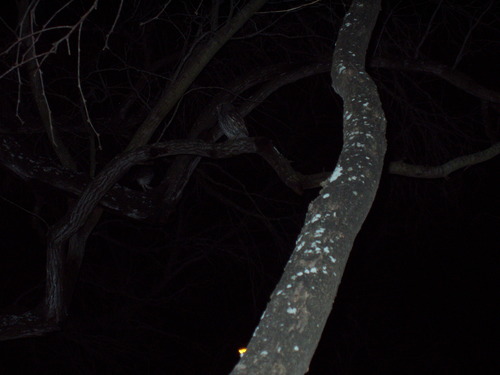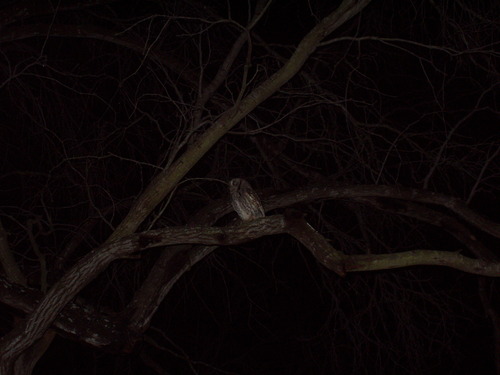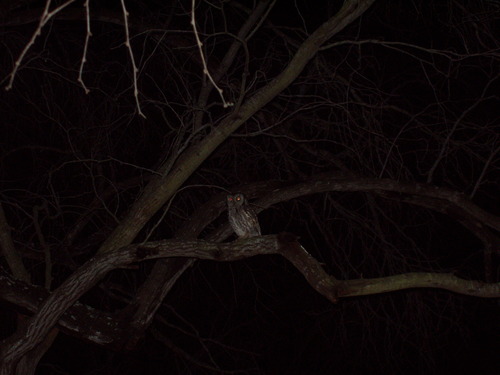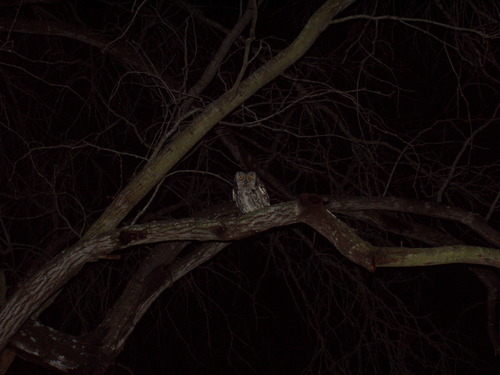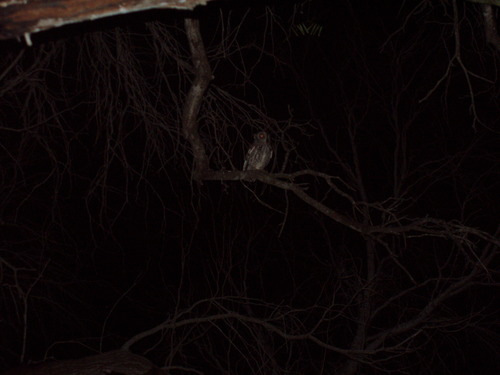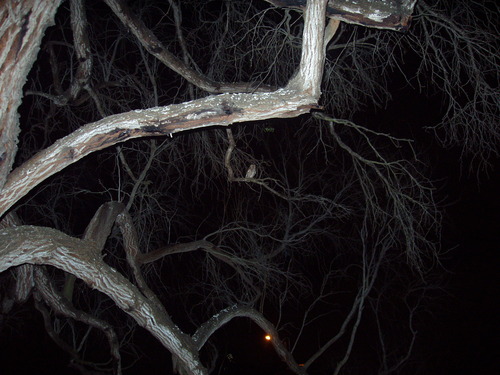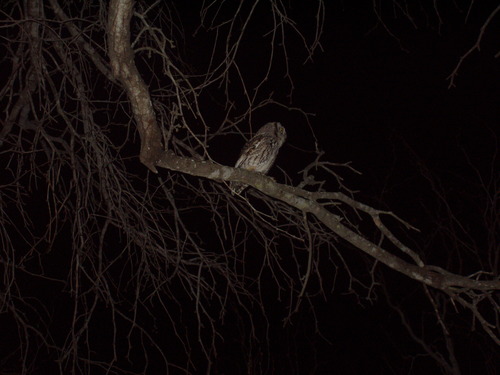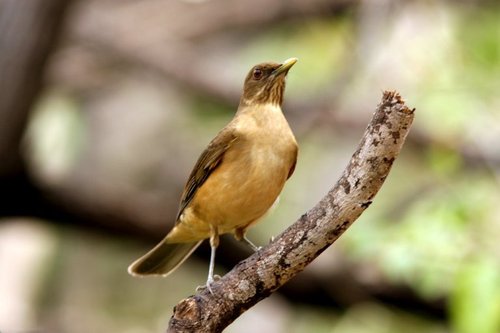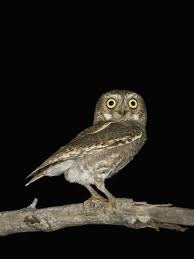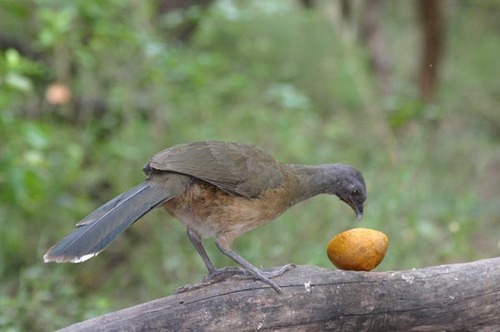UPDATE ON THE COLONY 2012, We saw the first pair of Night Herons arrive at the nests the past week. So for we have only seen two pair, but I am so intriqued to see how many more nest we have this year, or if this will be an unusally small colony since it is in an urban area.
I was lucky to get a few decent shots. I will keep the nest count updated and maybe get some addional good photos.
~~~~~~~~~~~~~~~~~~~~~~~~~~~~~~~~~~~~~~~~~~~~~~~~~~~
The Yellow-crowned Night Herons, unlike the Black-bellied Whistling Ducks, are not at all familiar to us. The first time we saw them a few years back, I was astounded. My husband and I and a friend staying with us were outside near dark, when we saw a fairly large bird fly at about 10 feet above ground, right in front of us, and into the mesquite tree close by. The first thing I noticed was the webbed feet; my husband was awed by the perfect yellow crest; while our friend was just clueless! The bird broke off a large branch of mesquite and flew back the way it had came. None of us had ever seen a bird actually break off nesting material!
A vigorous discusion ensued about what we had seen. I claimed a shore bird, my husband said something else, and our friend said “uh, uh”! The bird repeated the behavior several more times and we all stuck to our initial observations, but it soon became dark and we went inside. Subsequently, we looked it up and talked to our neighbors and discovered that it was a Yellow-crowned Night Heron and that it was nesting in the neighbor’s backyard.
Night Herons are nocturnal, of course, and feed mainly on crustaceans. We are in the city, 100+ miles from the coast! None of us could imagine what these birds were doing NESTING in our area.
This part of Texas is known colloquially as the Rio Grande Valley which loosely transpired when back in the early part of the 20th century large agricultural land owners needed workers and devised a marketing strategy to brand the area as a lush tropical valley, when in truth it is a flat, almost, alluvial plane. The five county area devising South Texas is criss-crossed with irrigation canals from that time, even though much of the area is no longer agricultural.
We imagined that perhaps the birds were finding food in the canals, one of which runs parallel to us four streets over, for many miles. In the end we found out that the herons were mostly feeding on the neighbors collection of pool frogs — they have a wonderful old pool that does not have modern filtration and therefore attracts all sorts of interesting visitors for the few short months that they use it.
We were delighted with the birds and thrilled when the juveniles began appearing in our yard a few months later.
The Yellow-crested Herons appearance did not take us by surprise this year,
but literally SHOCKED us by their numbers!
It appears that they are well known for nesting in colonies, often on secluded islandS, 50 ft and more in the tree tops, far out on limbs. We’ve counted the nest and believe that in one year we went from one Yellow-crowned nest to 8, possibly more. All appear to have successfully raised at least two young ones. We have only seen one deceased bird, obviously a juvenile, still in the nest but with no apparent injury.
Other juveniles have been seen in our yard for about a week now, I expect they will me moving on soon.
Mature Yellow-crowned Night Heron photo courtesy of of Cornel Lab who reports that these birds are sometimes protected on the edge of their range and have historically been hunted as a delicacy or for their plumage.
God knows how many we will have next year.

